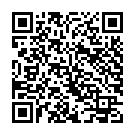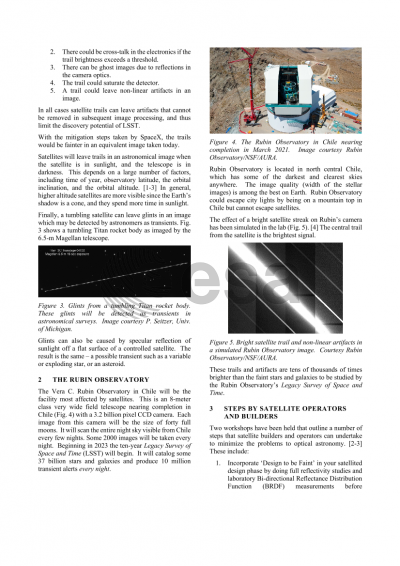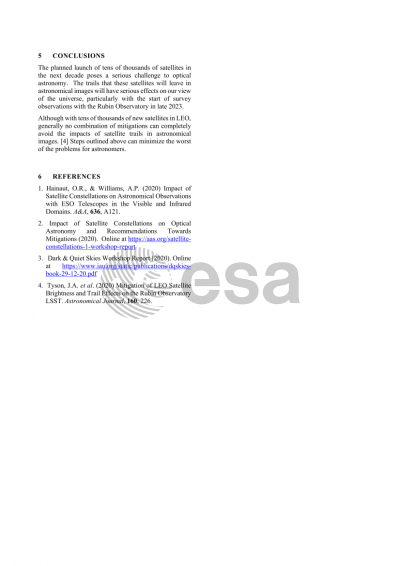Document details

Abstract
The proposed launch of over 100,000 new satellites into Low Earth Orbit (LEO) in the next decade poses a serious challenge to astronomy. This era began with the launch of the first Starlink satellites in May 2019, and their resulting visibility gave the issue worldwide publicity.
These new satellites could be brighter than almost everything else currently in orbit, and easily visible to the naked eye. We will show examples of how satellites affect astronomical data from ground-based telescopes.
The emphasis in this talk will be the effect on the Vera Rubin Observatory and its Legacy Survey of Space and Time (LSST). Rubin Observatory is an 8-meter class wide field telescope with a 3.2 billion pixel camera which will survey the entire sky visible from Chile every few days when it is completed in 2022 and will revolutionize our view of the transient universe. It is the current project that will be most affected by the new large LEO constellations. We will show how large numbers of bright satellites will impact the observing plan and science for this key project. The impact on the LSST can be minimized by making satellites fainter, but also by adherence to strict space debris mitigation guidelines: especially concerning mission altitude (lower is better) and post-mission disposal time (shorter is better). This will also benefit observational astronomy in general.
Two international workshops on the new LEO constellations have been held recently: SatCon1 and the Dark and Quiet Skies Workshop. Results and recommendations from both will be summarized.
The astronomical community wishes to work with the satellite industry collaboratively to minimize the impact on astronomy. Over the past year, a Rubin Observatory team has been working with engineers at SpaceX to develop mitigations which are being implemented on the Starlink LEO satellites, and conversation with both Amazon Kuiper and OneWeb have begun.
Following stringent space debris mitigation guidelines will also enhance the sustainability of space and the safe operation of these constellations.
Preview





